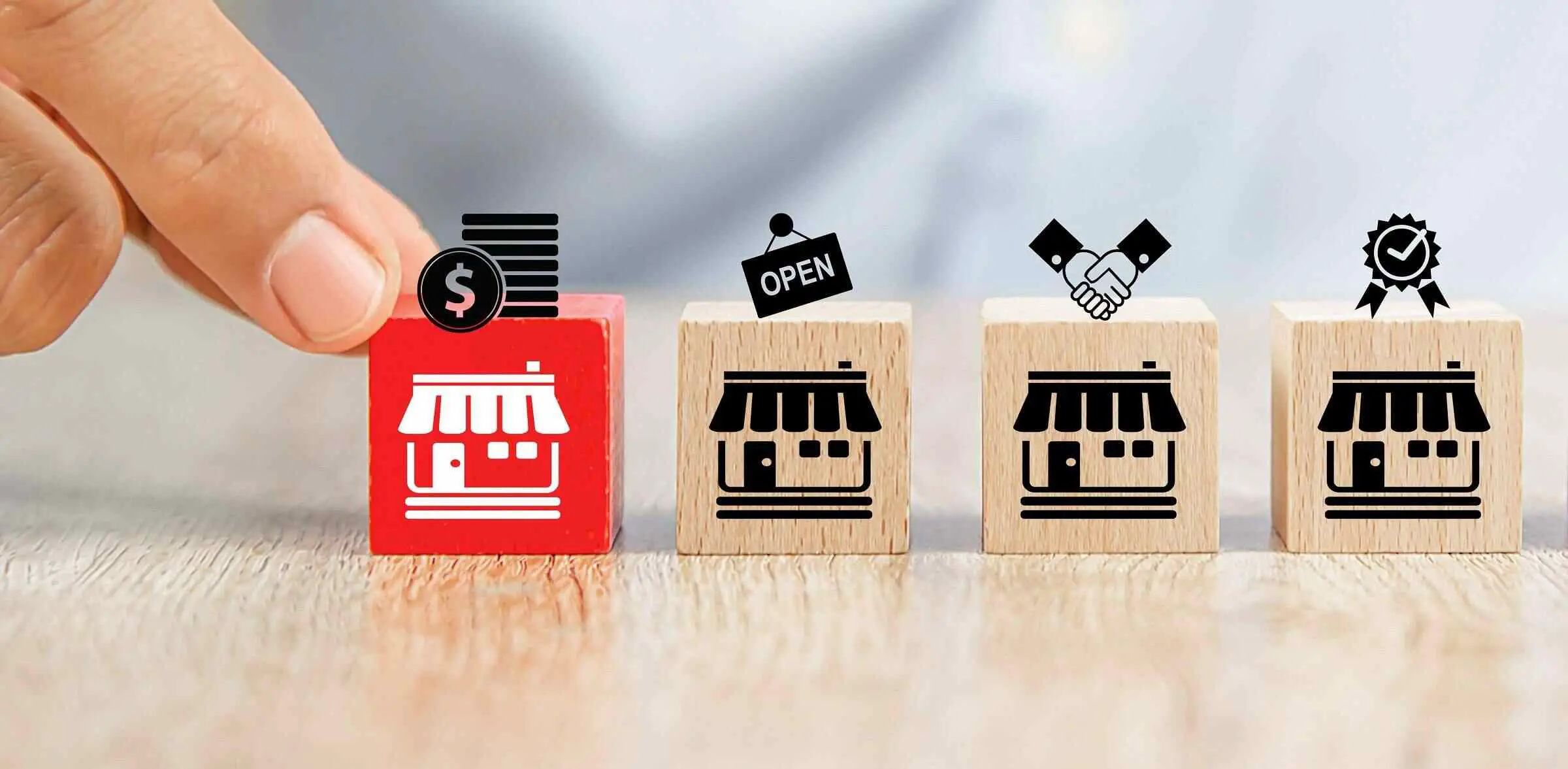Introduction
The retail industry is constantly evolving in today’s fast-paced and interconnected world. Retailers increasingly rely on advanced technologies and data-driven insights to keep up with consumer demands and stay competitive. Supply chain management is a crucial aspect of retail that has seen a significant transformation in recent years. In particular, supply chain visibility has become a central concern, and analytics plays a pivotal role in improving transparency in the retail supply chain.
The Importance of Supply Chain Visibility
Before diving into the role of analytics, it’s essential to understand why supply chain visibility is so crucial for the retail industry. Supply chain visibility refers to tracking and monitoring the movement of products and materials throughout the supply chain. It involves knowing where products are at any given time, their condition, and their expected arrival times. This transparency enables retailers to make informed decisions, enhance operational efficiency, and respond quickly to demand and market conditions changes.
Here are some key reasons why supply chain visibility is vital for retailers:
1. Enhanced Customer Satisfaction: In the age of e-commerce and same-day delivery, customers expect transparency and reliability. When retailers can provide accurate information about product availability and delivery times, it improves customer satisfaction and trust.
2. Inventory Management: Accurate visibility allows retailers to optimize inventory levels. They can reduce excess stock, minimize holding costs, and avoid stockouts.
3. Risk Mitigation: Visibility helps identify potential issues in the supply chain, such as delays or disruptions, allowing retailers to take proactive measures to mitigate risks.
4. Operational Efficiency: With real-time data, retailers can streamline operations, reducing unnecessary handling, transportation, and storage costs.
5. Sustainability: By tracking products throughout the supply chain, retailers can reduce waste and lower their environmental footprint.
The Role of Analytics in Improving Supply Chain Visibility
Analytics has emerged as a powerful tool for improving supply chain visibility in the retail industry. Here are some key ways in which analytics is making a difference:
1. Predictive Analytics: Predictive analytics uses historical data and machine learning algorithms to forecast future demand and potential supply chain disruptions. By analyzing these predictions, retailers can make more informed decisions about inventory levels, transportation, and production.
2. Real-Time Data Analysis: With the integration of IoT (Internet of Things) devices, retailers can gather real-time data on the location and condition of products in transit. Analytics tools can process this data and provide continuous updates on the progress of shipments. Retailers can then use this information to adjust and communicate accurate delivery times to customers.
3. Data Integration: Retailers often work with multiple suppliers, carriers, and distributors. Analytics tools can integrate data from various sources, giving retailers a comprehensive view of their supply chain. This ensures everyone in the network is on the same page, reducing miscommunication and errors.
4. Supply Chain Simulation: Analytics can simulate various supply chain scenarios, helping retailers understand the potential impact of different decisions. For example, they can model how changing suppliers or transportation routes might affect costs and delivery times.
5. Supplier Performance Analysis: Retailers can use analytics to assess the performance of their suppliers. This includes tracking the quality of products, delivery times, and responsiveness to changes in demand. Retailers can use this data to decide which suppliers to work with.
Challenges and Considerations
While analytics is a powerful tool for improving supply chain visibility, there are challenges and considerations that retailers must address:
1. Data Quality: Accurate and high-quality data is essential for meaningful analytics. Retailers must ensure that the data they collect from various sources is reliable and consistent.
2. Data Security: With the integration of IoT devices and data sharing among supply chain partners, data security is a significant concern. Retailers must implement robust security measures to protect sensitive information.
3. Skill Set: Retailers need skilled personnel who can interpret and act upon the insights generated by analytics tools. Investing in employee training is essential.
4. Integration: Integrating analytics tools with existing systems and processes can be challenging. Retailers must ensure that these tools work seamlessly with their operations.
5. Cost: Implementing advanced analytics solutions can be expensive. Retailers need to weigh the costs against the potential benefits and ROI.
The Future of Retail Supply Chain Visibility
As technology advances, analytics’ role in improving supply chain visibility will only become more critical in the retail industry. Retailers will likely see further improvements in predictive analytics, real-time tracking, and supply chain simulation. Moreover, as sustainability becomes a central concern for consumers and regulators, analytics will help retailers reduce their environmental footprint. Retailers can minimize waste and reduce energy consumption by optimizing transportation and inventory.
Conclusion
In conclusion, supply chain visibility is paramount in the retail industry, and analytics is the key to achieving this transparency. Retailers investing in analytics to improve supply chain visibility will likely see significant benefits, from enhanced customer satisfaction and operational efficiency to cost savings and sustainability gains. The future of retail lies in data-driven decision-making, and those who embrace this change will thrive in the ever-evolving retail landscape.



